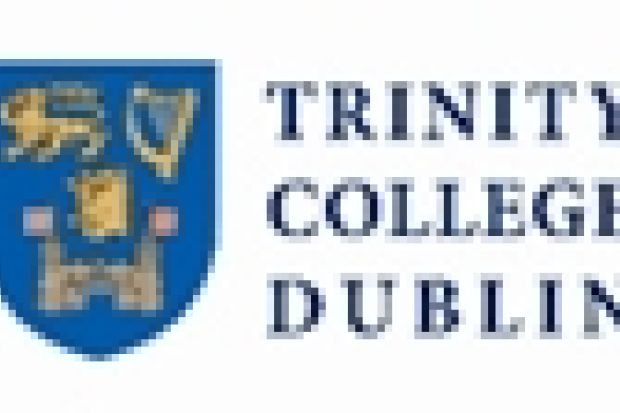The newest building on the Trinity College Dublin campus captured the imagination of its residents while it was still on the drawing board. Those involved with the project admit to being captivated by its potential, by its ability to "throw away the rulebook" and by the buzz it generates that "never really goes away".
Whether this enthusiasm comes from within Trinity College Dublin itself - which as a walled campus around which the city of Dublin grew has its own individual dynamic, or whether it comes from a rare focus on disciplines that are often passed over for investment opportunities in more technological subjects - it is clear that the Trinity Long Room Hub is a unique place.
It is attracting interest from all over the campus from disciplines as diverse as physics, genetics and IT, as their experts team up with arts and humanities scholars to collaborate on interdisciplinary work ranging from the study of historical documents such as the Book of Kells to a project capturing memories from the Republic of Ireland's older population.
Conceived in 2004 as a research institute for the arts and humanities at Trinity, the Hub was formally established as a Trinity Research Institute in 2006 and one year later secured €10.8 million (£8.87 million) in funding from the Irish government as part of the Humanities Serving Irish Society consortium bid to the Higher Education Authority's Programme for Research in Third-Level Institutions. The Hub combines the strengths of a great research library facility, such as The Huntington in California, and an institute for advanced studies, such as Harvard University's Radcliffe.
But describing exactly what the Hub is, however, is difficult, as it is more than a building: it is a node and an incubator; it is where ideas intersect. Poul Holm, academic director of the Trinity Long Room Hub, describes it best: "It's not an ivory tower, but a powerhouse." Describing what it does is easier: it promotes outreach and access to the general public, to policymakers and to schools while interacting with the creative and IT industries, the world of cultural heritage and the media.
As Holm says: "We're definitely not building the Hub to ringfence the humanities, but to open up and to be sure that we are developing a platform or springboard for humanities research, both to engage with other academic disciplines and to engage with society to deliver on some of the major societal challenges."
The Trinity Long Room Hub encompasses activities from within seven academic schools - Drama, Film and Music; English; Histories and Humanities; Languages, Literatures and Cultural Studies; Linguistic, Speech and Communication Sciences; Religions, Theology and Ecumenics; and Social Sciences and Philosophy - as well as the Library. Alongside these sit world-class facilities including offices for nine visiting researchers, an open reading room with carrel-style workspaces for 45 postdoctoral and postgraduate researchers, a lecture theatre, a seminar room, an ideas space and a Digitisation Unit suite.
Before it officially opens its doors, the Hub is already pulling in funding. The Irish government recently granted the Digital Arts and Humanities Consortium, which the Hub is leading, nearly €7 million in funding. Of this, €3 million will go to the Digital Arts and Humanities Structured PhD programme at Trinity, with the money supporting studentships, academic positions and administrative and technical support staff.
According to Holm, "This will potentially have a huge impact on European thinking about the arts and humanities as a job creator and as potentially providing totally new ways of doing research in the arts and humanities."
The buzz around the arts and humanities in Trinity looks set to spread further afield.
